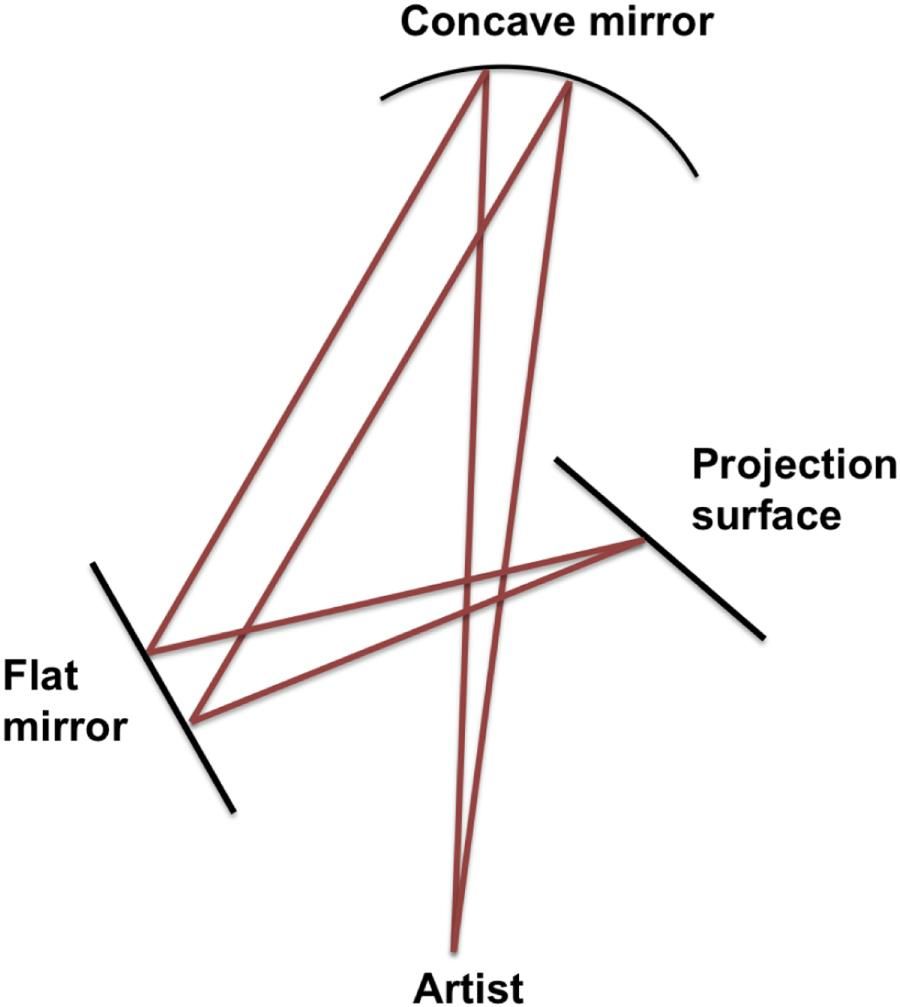Did Rembrandt Have Help With His Most Famous Paintings?
A new study suggests the old master also knew his optics
/https://tf-cmsv2-smithsonianmag-media.s3.amazonaws.com/filer/1c/8b/1c8bd1a1-80e2-4beb-ad84-c26a84ad3769/dp152808.jpg)
Rembrandt van Rijn was the definition of an “old master”—a painter so deft, his portraits seem to leap from the canvas. But how did he achieve his effects in a time long before projectors, computers and other 21st-century tools? The answer to that question could be boiled down to one word: science. As Steph Yin reports for The New York Times, new research suggests that Rembrandt may have relied on complex optics while he painted.
In a new paper published in the Journal of Optics, two independent researchers from the U.K. posit that Rembrandt used projections in his work. They demonstrate that Rembrandt could have used optical equipment like mirrors, camera obscuras and lenses to project images of his subjects onto papers and canvas. The images could then have been used to create technically accurate proportions and facial details, which were later etched or painted. The researchers didn’t just rely on contemporary accounts to piece together their theory; rather, they made calculations of things like head size and recreated projection setups that would have allowed the painter to achieve some of his most beautiful effects.

The theory isn’t new—as Yin writes, controversy over whether master painters relied on projections and optics has raged for years within the art world. But the new paper makes the case that it is not only possible that Rembrandt used mirrors while painting, it is probable. They use everything from the confidence with which the master placed brushstrokes on canvas to the angle and over-the-top expressions of his self-portraits as evidence, along with observations about how the life-sized scale of his later self-portraits could line up with the fact that they were projected onto paper or canvas.
During Rembrandt’s lifetime, art and science often collided as technology advanced, and mirrors became more widely available and less expensive. Instead of the flat mirrors that are common today, many mirrors were convex—bulging outward toward a light source. Concave mirrors also appear to have been available. During Rembrandt’s time, though, flat forms evolved, and the master may have been able to afford more and better mirrors as his career flourished. At the same time, lens making was booming, enabling the development of things like camera obscuras and telescopes.
Other writers have suggested that Vermeer relied on the camera obscura to make his paintings more realistic, but the idea that the “great masters” had a bit of help remains controversial. If Renaissance artists like Rembrandt did rely on technological help to make some of history’s greatest paintings, does that diminish the value of the paintings themselves? That depends on whether you think that science and technology is a tool or a crutch. Perhaps, appropriately, it’s all a matter of perspective.
/https://tf-cmsv2-smithsonianmag-media.s3.amazonaws.com/accounts/headshot/erin.png)
/https://tf-cmsv2-smithsonianmag-media.s3.amazonaws.com/accounts/headshot/erin.png)